404
Repot the Lily: a master class
Of all the perennials for the design of reservoirs the most spectacular, perhaps, water lilies (nymph). They are different — and to the petite vodoemov, and deep garden ponds. When you buy a Nymphaeum in the horticultural center, on the pot is required to have the appropriate markings indicating depth, which is required for this class.
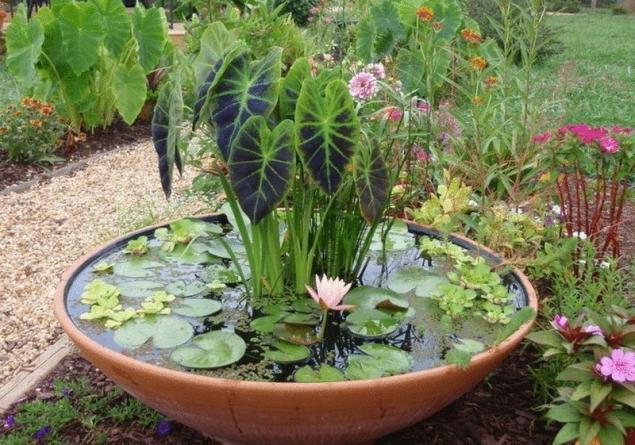
In the first year of the Lily in transplanting is not needed. But the second growth is strongly inhibited, and lush flowering from it do not wait. Many people, when they see photos in magazines luxurious water-lilies, and wonder why their plants just a few leaves and a maximum of one small flower? And it's simple: the Lily needs the increase of soil and nutrition. So, it's time to do a transfer!
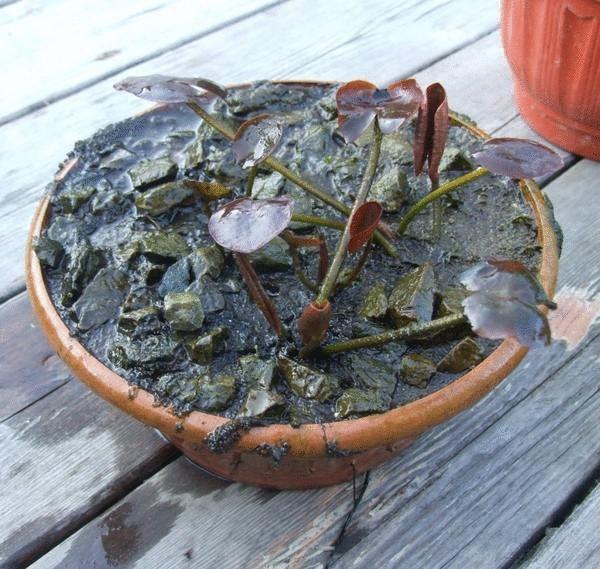
1. Select a suitable escosteguy question — where to take the capacity to lilies. It needed a wide but shallow shape of the bowl. Ordinary flower pot will not work. But still it should be a lot of holes as a strainer. Unfortunately, lilies are sold, but the capacity for their landing — no.
Often recommended to plant lilies in a wicker basket. But it is very impractical. First of all, that from the basket you need to cut the handle. But even if you find without a handle, it rapidly decays in the water, and even infects the Lily of fungal diseases. Such unhygienic thing especially undesirable if you swim in this pond.
So it is better to buy a large hanging bowl — for example, petunias or horned violets — she's just perfect in shape. Let this season Petunia will give you the blossom, and next year you use this bowl for water lilies. Well, or you can just replant the flowers in a large pot, releasing the bowl.
2. Do oversteet, the capacity for change we found. Need to be done in its walls a large number of holes. First mark them with a marker:
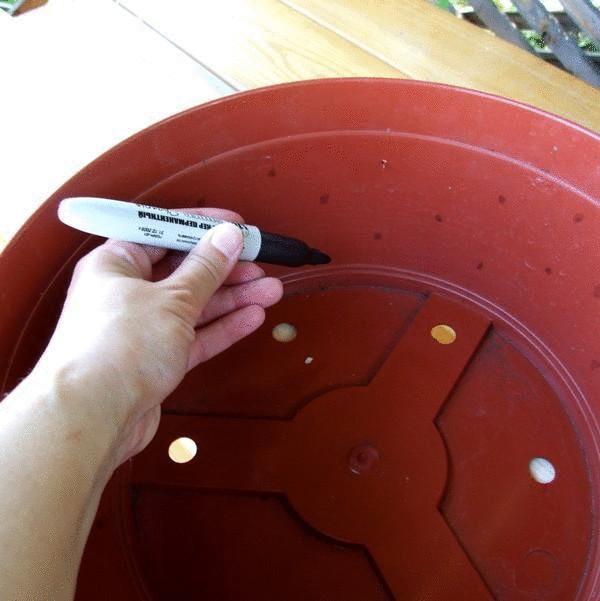
Let's see what material is made the bowl. If it is soft and bends, you can make holes using a large nail, and if the hard — only a screwdriver, having spread the thinnest drill bit.
3. Prepare grantaire make nourishing soil. But it is special. We need three components:
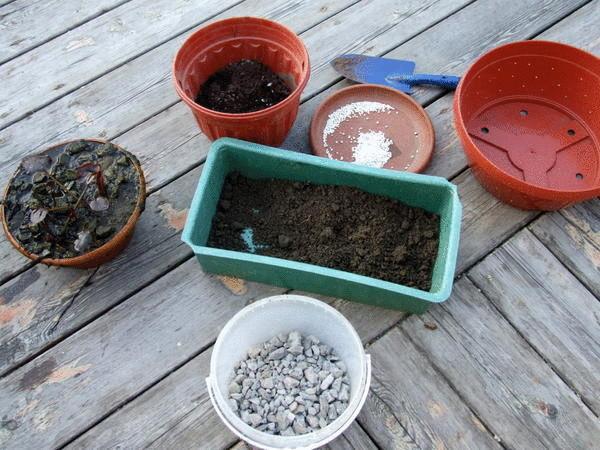
4. Add udobreniyam in the ground a little universal fertilizer granules.
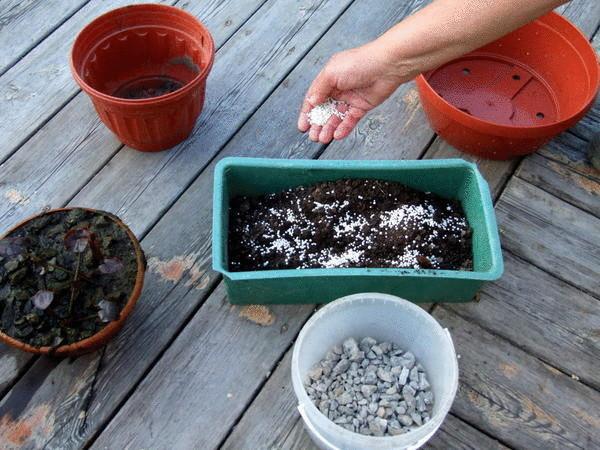
Stir it carefully.
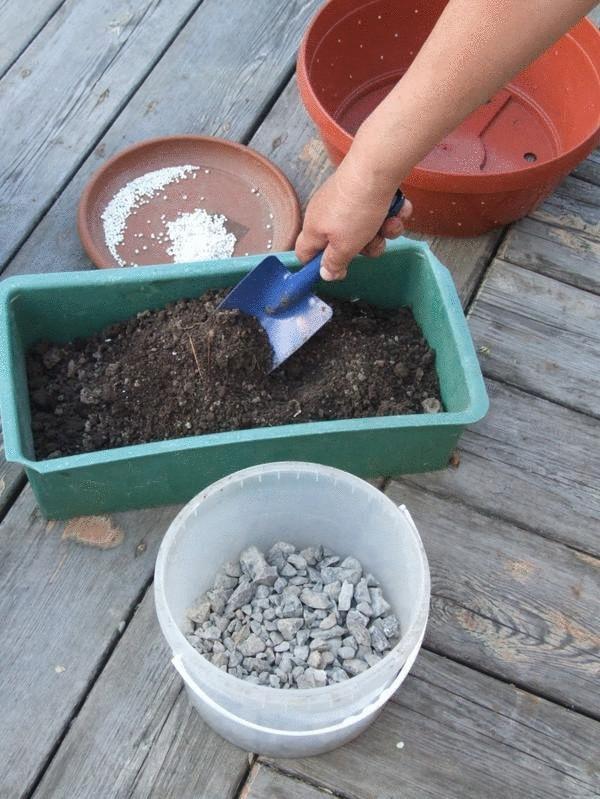
5. Fill amastigotes the soil pours in the bowl, but not to the top, and about one-third.
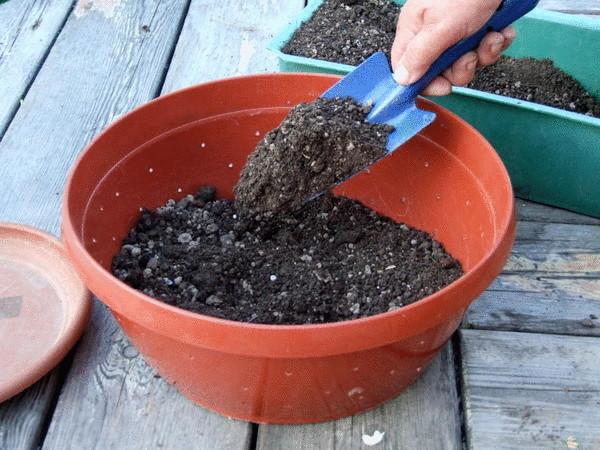
6. Transplanted koushinkyouku carefully take out the old container and placed in a bowl.
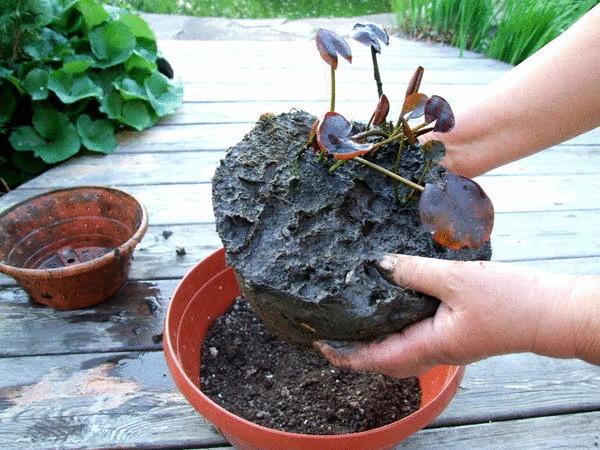
Gradually adding soil, fill the bowl to the brim.

7. Spread sebena now close the entire surface of the gravel. This is to ensure that the soil does not erode.
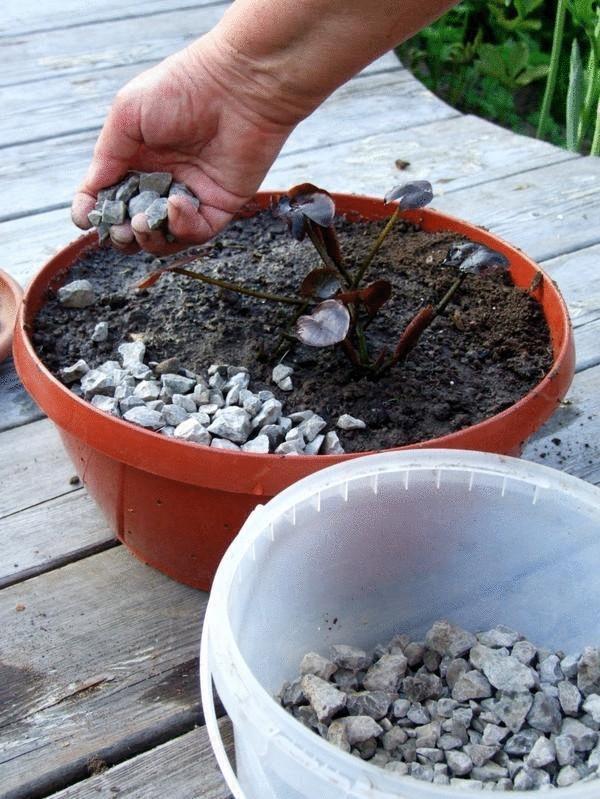
The result that we have:
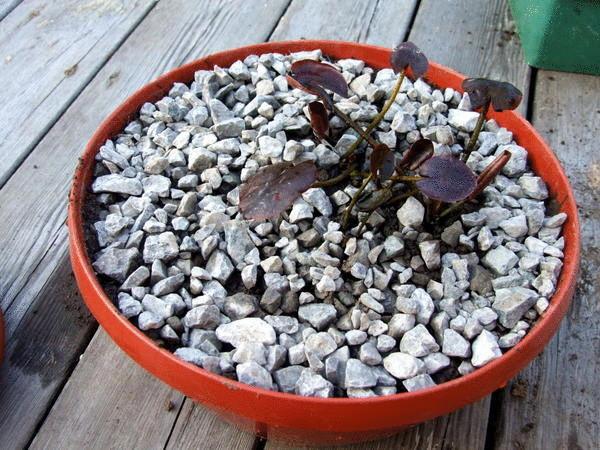
8. Drop the Lily in podgotov! Carefully put the bowl with the water Lily in a permanent place.
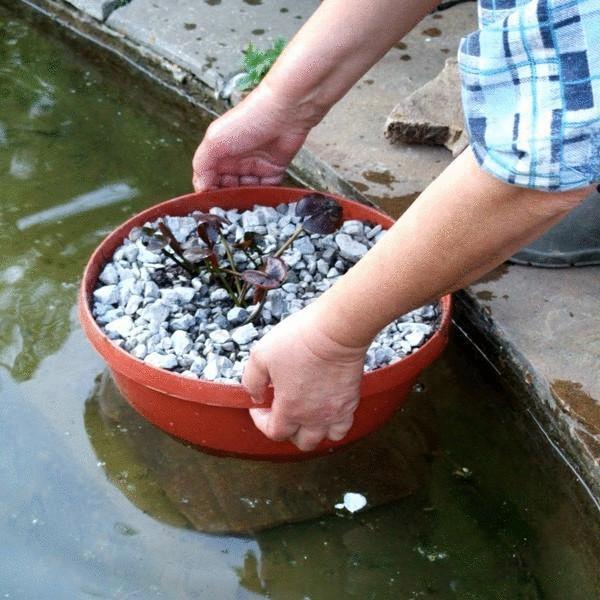
After 2-3 weeks the water violently react to such a change: the leaves will be large, their number will increase, it will be many buds and flowers will be much larger than before the transplant.
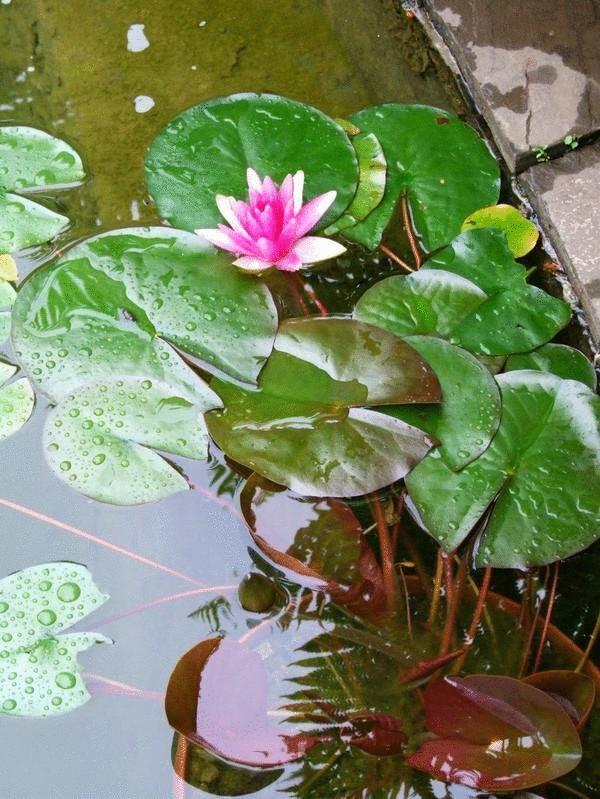
P. S. And remember, only by changing their consumption — together we change the world! ©
Source: www.7dach.ru

In the first year of the Lily in transplanting is not needed. But the second growth is strongly inhibited, and lush flowering from it do not wait. Many people, when they see photos in magazines luxurious water-lilies, and wonder why their plants just a few leaves and a maximum of one small flower? And it's simple: the Lily needs the increase of soil and nutrition. So, it's time to do a transfer!

1. Select a suitable escosteguy question — where to take the capacity to lilies. It needed a wide but shallow shape of the bowl. Ordinary flower pot will not work. But still it should be a lot of holes as a strainer. Unfortunately, lilies are sold, but the capacity for their landing — no.
Often recommended to plant lilies in a wicker basket. But it is very impractical. First of all, that from the basket you need to cut the handle. But even if you find without a handle, it rapidly decays in the water, and even infects the Lily of fungal diseases. Such unhygienic thing especially undesirable if you swim in this pond.
So it is better to buy a large hanging bowl — for example, petunias or horned violets — she's just perfect in shape. Let this season Petunia will give you the blossom, and next year you use this bowl for water lilies. Well, or you can just replant the flowers in a large pot, releasing the bowl.
2. Do oversteet, the capacity for change we found. Need to be done in its walls a large number of holes. First mark them with a marker:

Let's see what material is made the bowl. If it is soft and bends, you can make holes using a large nail, and if the hard — only a screwdriver, having spread the thinnest drill bit.
3. Prepare grantaire make nourishing soil. But it is special. We need three components:
- 1/3 — clay soil from the garden,
- 1/3 — peat mixed with compost
- 1/3 — silt from the bottom of a natural pond. It is necessary to collect a shovel from the bottom into the bucket (this will be a very liquid mass) and put on a few days in the greenhouse. The liquid is evaporated and you get the best "sapropel" for water lilies.

4. Add udobreniyam in the ground a little universal fertilizer granules.

Stir it carefully.

5. Fill amastigotes the soil pours in the bowl, but not to the top, and about one-third.

6. Transplanted koushinkyouku carefully take out the old container and placed in a bowl.

Gradually adding soil, fill the bowl to the brim.

7. Spread sebena now close the entire surface of the gravel. This is to ensure that the soil does not erode.

The result that we have:

8. Drop the Lily in podgotov! Carefully put the bowl with the water Lily in a permanent place.

After 2-3 weeks the water violently react to such a change: the leaves will be large, their number will increase, it will be many buds and flowers will be much larger than before the transplant.

P. S. And remember, only by changing their consumption — together we change the world! ©
Source: www.7dach.ru






















